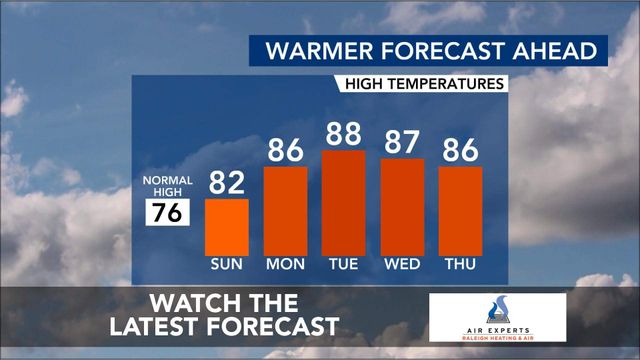Unemployment drops in state's 14 metropolitan areas

Unemployment across North Carolina’s major metropolitan areas and in 92 of 100 counties declined in September, the state’s Employment Security Commission reported Friday.
In the Triangle, the jobless rate fell to 8.3 percent from 8.8 percent in August. The number of people listed as unemployed declined by some 3,000 in September to 73,402 while the size of the labor force increased by some 5,500. People counted in the job market are those employed, receiving jobless benefits and those actively seeking employment.
Separately, the Raleigh-Cary metro area rate declined to 8.4 percent from 8.8 percent. In Durham-Chapel Hill, joblessness fell to 7.7 percent from 8.2 percent.
The number of jobs in the Raleigh-Cary market actually declined by 200, led by a drop of 2,700 leisure and hospitality workers and a 1,200 drop in the financial activities sector. Government payrolls increased by 2,300.
However, compared to a year ago, Raleigh-Cary has 5,400 more jobs, an increase of 1.1 percent. That’s the largest increase in the state, the ESC said.
In Durham-Chapel Hill, 2,700 jobs were added with 2,200 in government and 1,300 in education and health services. The metro area did lose 400 trade, transportation and utilities jobs and another 300 in professional and business services.
Net employment compared to a year ago is down 400, the ESC said.
The ESC also said the state’s jobless rate based on figures that were not seasonally adjusted was 10 percent. Last week, the ESC said the rate was 10.5 percent using numbers that had been seasonally adjusted.
Economists consider the seasonally adjusted numbers, which are based on factors such as weather and seasons, to be a more accurate barometer of the economy.
The jobless rates by metro areas with August jobless rate in parenthesis:
- Asheville, 8.1 (8.4)
- Burlington, 10.2 (10.9)
- Charlotte, 10.7 (11.1)
- Durham-Chapel Hill, 7.7 (8.2)
- Fayetteville, 9.9 (10.4)
- Goldsboro, 9.0 (9.3)
- Greensboro-High Point, 10.4 (11.0)
- Greenville, 10.3 (10.9)
- Hickory, 12.0 (12.5)
- Jacksonville, 9.5 (9.7)
- Raleigh-Cary, 8.4 (8.8)
- Rocky Mount, 13.4 (13.6)
- Wilmington, 10.2 (10.5)
- Winston-Salem, 9.4 (9.9)









